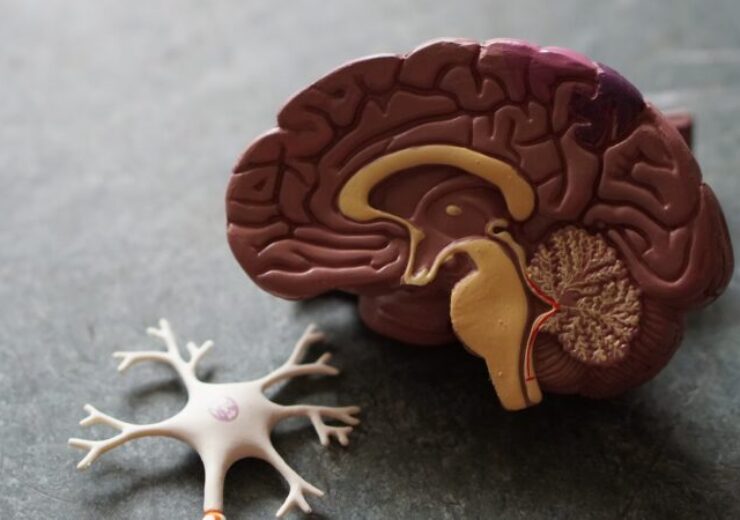The Vis-M neuro intravascular imaging probe is specifically created to overcome the difficulties in traversing through the tortuous and delicate blood veins in the brain

Vis-M High-Frequency OCT Imaging System is designed to deliver high-resolution intravascular imaging in the brain. (Credit: Robina Weermeijer on Unsplash)
Gentuity, a US-based imaging and artificial intelligence firm, has reported the first human use of its Vis-M high-frequency optical coherence tomography (HF-OCT) imaging system and probe.
The company has designed the imaging system to deliver high-resolution intravascular imaging in the brain.
The procedures with the new imaging system were performed by neurosurgeon Vitor Mendes Pereira at the St. Michael’s Hospital in Toronto, Canada. A neuro-angiography suite with a minimally invasive, endovascular approach was used during the procedures, said Gentuity.
Pereira said: “This is an incredibly exciting milestone. The direct visualisation technology we evaluated here offers unprecedented potential in the diagnosis and treatment of aneurysms, stroke, intra-cranial atherosclerotic disease (ICAD) and other neurological pathologies.
“I am proud and honoured to have the opportunity to perform the first cases. The system and imaging probes performed very well, integrating with our workflow seamlessly, and provided us with important information that we cannot obtain with any other technology – very impressive.”
The Vis-M neuro intravascular imaging probe from Gentuity has been specifically created to overcome the difficulties in traversing through the tortuous and delicate blood veins in the brain.
With the in-vivo micron-level resolution of 250 frames per second, the imaging probe can produce high-resolution images beyond the vessel wall apart from the arterial wall and interventional therapies, the imaging firm said.
Gentuity CEO David Kolstad said: “We are very pleased to have had the opportunity to work with the team at St. Michael’s Hospital and to contribute our novel high-resolution intracranial images to the care of these patients.
“These procedures reflect years of technical innovation, development, and extensive testing. They are an important step in our mission to develop a platform that will improve the understanding of target diseases, facilitate the development of novel therapies, and ensure optimal treatment delivery for the benefit of patients worldwide.”
